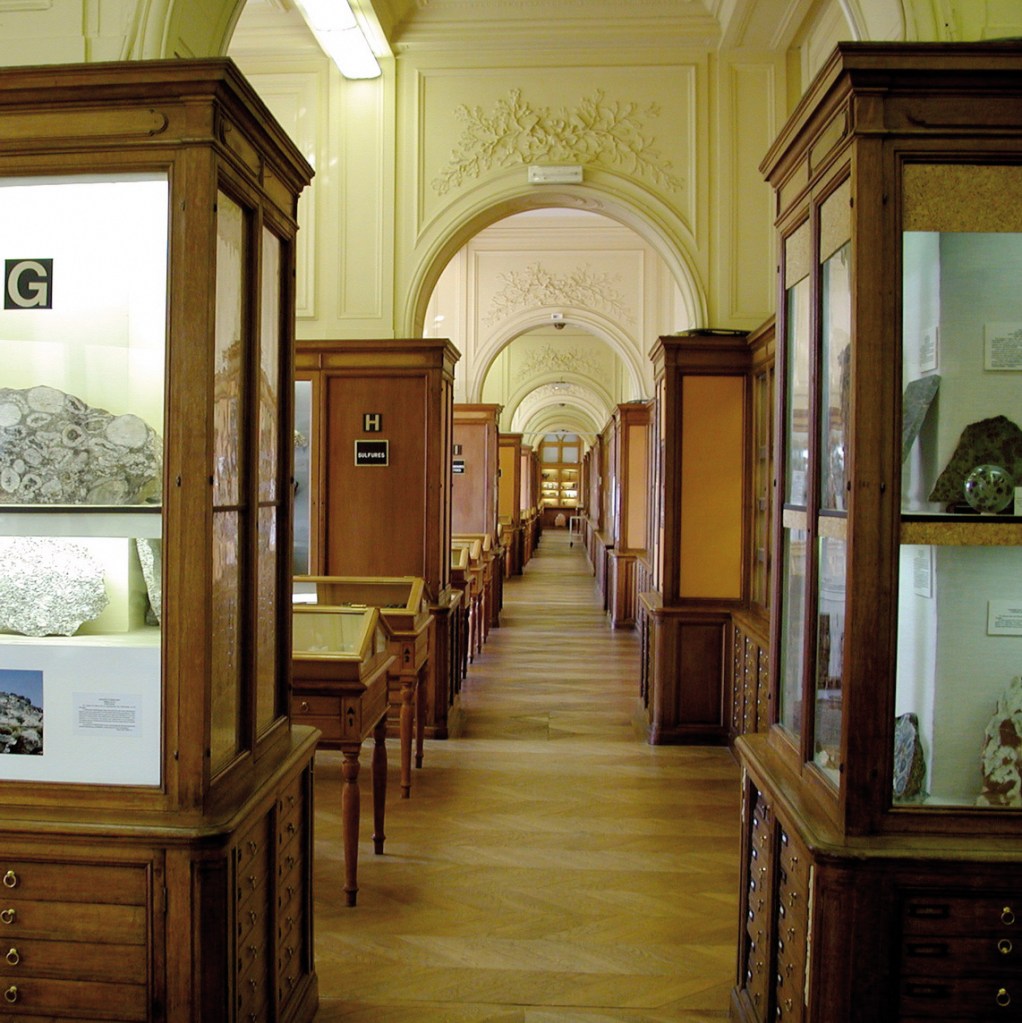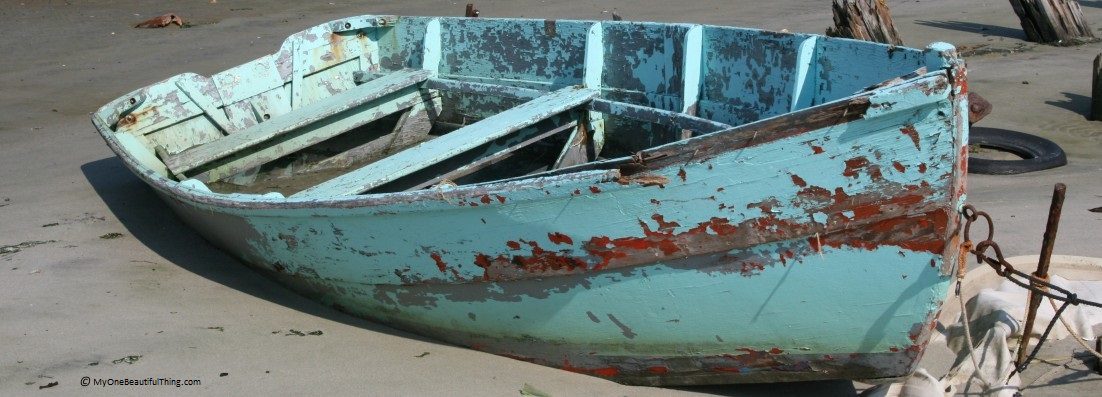
Today’s beautiful thing is dedicated to niece R, who is an absolute rock fiend!
This is the amazing Musée de Minéralogie, located inside MINES ParisTech (the Paris School of Mines) (no, not mimes, M-I-N-E-S). There are a number of spots in Paris that I can’t wait to get back to, but this place makes me even more anxious to get back to my favorite city. Here’s a sentence I don’t get to write about places in the U.S.: the school was established in 1783, and the museum was started in 1794.
The museum’s collection was started with the private specimens owned by French priest and mineralogist, René Just Haüy. The collection grew thanks to worldwide expeditions, private donations, and the occasional state seizure. Today, the museum possesses one of the largest mineral collections in the world, comprised of more 100,000 samples including 80,000 minerals, 15,000 rocks, 4,000 ores, 400 meteorites, 700 gems, and 300 artificial minerals.
Though we can’t visit just now, we can at least check out the museum guide online. And happily, the museum’s Instagram is positively bursting with gorgeous things!
You can follow the Musée de Minéralogie on their website and on Instagram and Twitter.
View this post on InstagramA post shared by Musée de Minéralogie (@mineralotech) on
View this post on InstagramA post shared by Musée de Minéralogie (@mineralotech) on
View this post on InstagramA post shared by Musée de Minéralogie (@mineralotech) on
View this post on InstagramA post shared by Musée de Minéralogie (@mineralotech) on
View this post on InstagramA post shared by Musée de Minéralogie (@mineralotech) on
View this post on InstagramA post shared by Musée de Minéralogie (@mineralotech) on
View this post on InstagramMolybdates, Chromates et autres merveilles
A post shared by ambresil (@ambresil) on
View this post on InstagramA post shared by Musée de Minéralogie (@mineralotech) on
View this post on InstagramA post shared by Musée de Minéralogie (@mineralotech) on
View this post on InstagramA post shared by Musée de Minéralogie (@mineralotech) on
View this post on InstagramA post shared by Musée de Minéralogie (@mineralotech) on
View this post on InstagramCorindon artificiel, variété de Rubis 💎 #nikond3300 #18_55mm
A post shared by Coralie🌙 (@_coraliegtr) on
View this post on InstagramA post shared by More than Louvre (@more_than_louvre) on
View this post on InstagramA post shared by Musée de Minéralogie (@mineralotech) on
View this post on InstagramVie des pierres #museedemineralogie #mineraux #paris
A post shared by Stéphane Bily (@stephanebily) on
Author: Donna from MyOBT
I have committed to spending part of every day looking for at least one beautiful thing, and sharing what I find with you lovelies!


April 5, 2020 at 6:48 am
Those are some real special and great specimens. A couple of my favorites are mssing but it is a great collection. — Hal
LikeLiked by 1 person
April 5, 2020 at 10:26 am
I’m sure they have them! I so wish I could go look at them all in person.
LikeLike
April 5, 2020 at 9:37 pm
Because I have worked with both a number of times, I love Ameshyst and Emerald and they probably have them, just in none of your posts. Hal
LikeLiked by 1 person
April 6, 2020 at 6:12 pm
I’m sure they do!
LikeLike
April 5, 2020 at 9:05 am
One could spend hours….maybe a week or more just enjoying all of this.
LikeLiked by 1 person
April 5, 2020 at 10:27 am
It’s fascinating stuff. What a wonderful world!
LikeLiked by 1 person
April 5, 2020 at 11:01 am
I will need to show this to my 14 year old who is something of a wannabe rock collector in that he loves all the colourful gems. He loves the mineralogy section of natural history museums and turns into Gollum when looking at the exhibits.
LikeLiked by 1 person
April 6, 2020 at 6:13 pm
Ah, yes. Gollum Jr. we have one of those!
LikeLiked by 1 person